
4 minute read
Pre-empting and preventing infectious disease outbreaks
from Infectious Diseases
by IAEA
By Rafael Mariano Grossi, Director General, IAEA
COVID-19 has been a painful reminder of how deadly and disruptive a disease can be. The IAEA has devoted considerable energy and resources to helping countries respond to the pandemic, working closely with key international partners. Our focus has been on the use of nuclear and nuclear-derived techniques for virus detection and diagnosis.
It quickly became clear to me that a piecemeal approach to COVID-19, and to future outbreaks of zoonotic diseases (those transmitted from animals to humans), would be ineffective. That is why, in June 2020, I launched the IAEA ZODIAC — ZOonotic Disease Integrated ACtion — initiative to strengthen countries’ capabilities in early detection, diagnosis, prevention and control of zoonotic disease outbreaks. ZODIAC is about getting all of the capabilities that the IAEA has in zoonotic diseases and related areas and bringing them together in a package to address the deficiencies that many countries face in terms of technical expertise and equipment. This unified platform will help the world pre-empt and prevent zoonotic disease outbreaks and protect the health and well-being of billions of people (page 5). I am inviting key partners such as the World Health Organization (WHO) and the Food and Agriculture Organization of the United Nations (FAO) to join us.
Over 120 countries turned to the IAEA for assistance with the virus, and we responded. Mounting our largest assistance operation ever, we sent hundreds of shipments of vital testing equipment and protective gear all over the world (page 6). The IAEA provided expertise on the diagnosis and detection of COVID-19 using medical imaging (page 12) and one of the fastest and most accurate diagnostic tests available, known as reverse transcription–polymerase chain reaction (RT–PCR) (page 8). The IAEA and its partners have also supported health professionals by providing vetted advice (page 15).
In this edition of the IAEA Bulletin, you will learn about infectious diseases more generally (page 4) and how countries work with the IAEA to build their capacity to deal with them (page 18). In Sierra Leone, for example, specialists are drawing on IAEA expertise to test whether bats are infected with the Ebola virus (page 20). In Latin America and the Caribbean, IAEA support is helping countries deal with malaria, dengue and Zika as well as the mosquitoes that spread these devastating illnesses (page 22).
By controlling animal diseases, we can help to protect livestock, communities and entire economies. Nuclear science has already helped countries such as Bulgaria (page 26) and Viet Nam (page 25) to strengthen food security and trade. Thanks to a vaccination campaign involving nuclear-derived techniques, footand-mouth disease is now under control in Morocco (page 28). Advances in irradiated animal vaccines are also making a difference in Ethiopia (page 30).
The IAEA does not work in isolation. Cooperation with partners such as the WHO, the FAO and the World Organisation for Animal Health (OIE) is vital. During the COVID-19 pandemic, the IAEA became part of the WHO-led COVID-19 United Nations Crisis Management Team. The IAEA’s efforts have also been supported through contributions by countries, as well as from the private sector, Takeda Pharmaceutical Company Limited.
The IAEA is committed to doing everything possible to help the world respond to major challenges to human and animal health, using nuclear science and technology, in the coming years.
— Rafael Mariano Grossi, Director General, IAEA

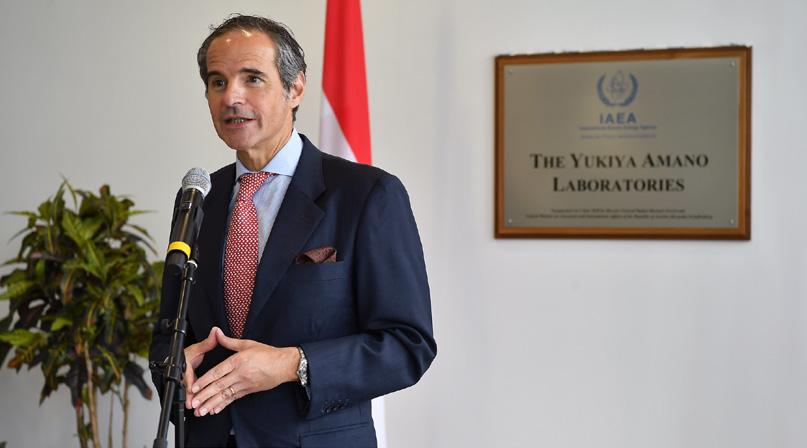
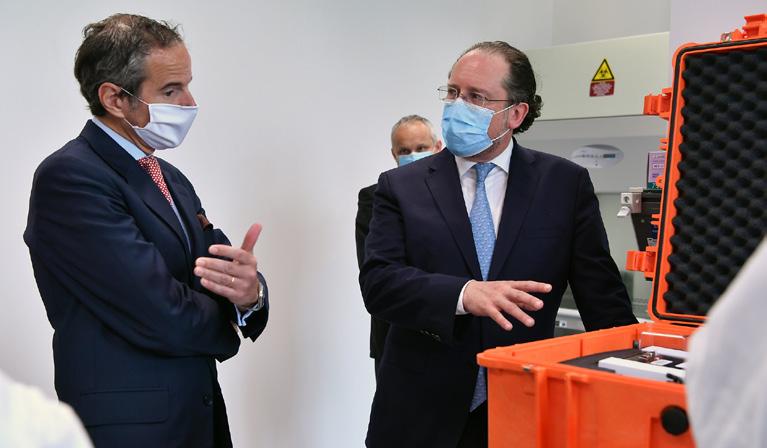
4 Infectious diseases and how nuclear science can help
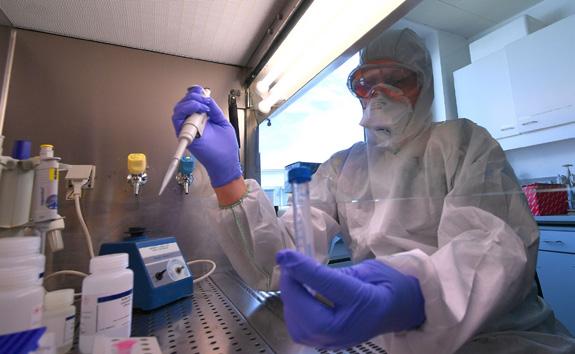
6 Vital testing equipment helps countries fight COVID-19
8 How is the COVID-19 virus detected using real time RT-PCR?
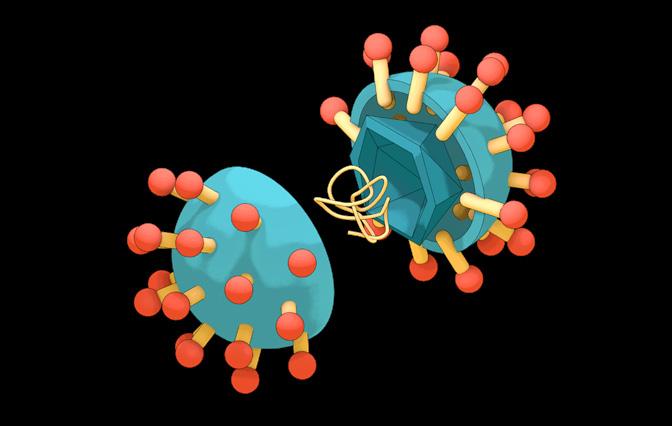
12 A window inside the body and COVID-19 Medical imaging during the global pandemic
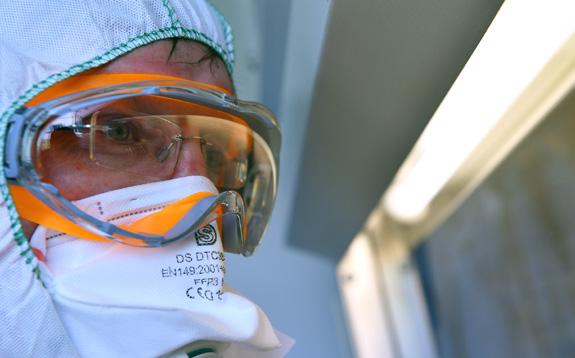
15 Overcoming the unknowns of COVID-19

18 Trained and equipped to fight animal and zoonotic diseases

20 Hunting for viruses in Sierra Leone with the help of nuclear technology
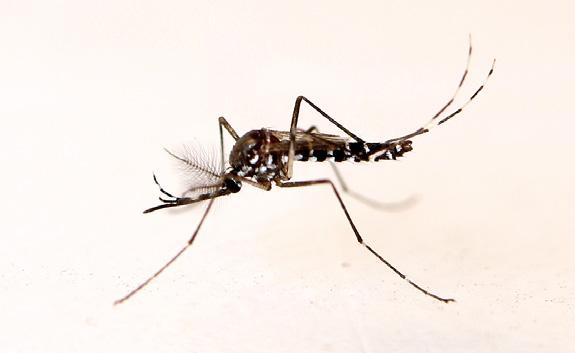
22 Combatting malaria, dengue and Zika using nuclear technology
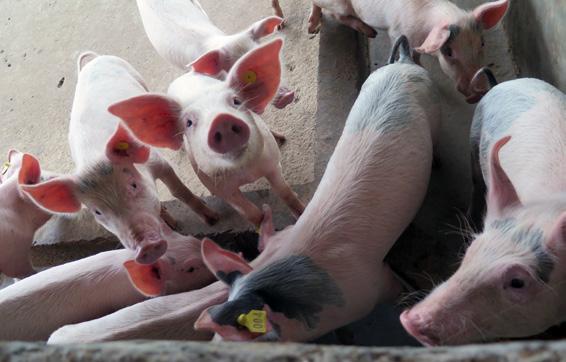
25 Vietnamese authorities control the spread of African swine fever with the use of nuclear-derived technique

26 Bulgaria stops the spread of animal disease with the help of the IAEA and FAO

28 Morocco controls foot-and-mouth disease with the help of nuclear-derived methods
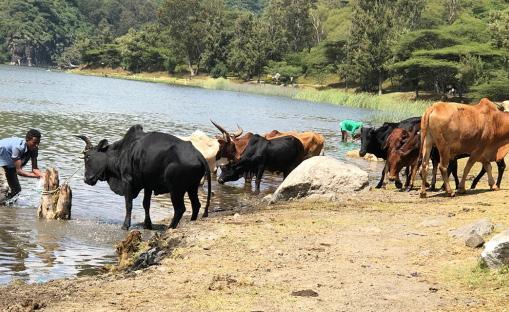
30 Irradiated animal vaccines keep Ethiopia’s animals healthy, helping exports and food security
World View
32 We need a global response to the pandemic threat
— By Maria Helena Semedo
34 A global victory against COVID-19 requires creative partnerships
— By Takako Ohyabu










